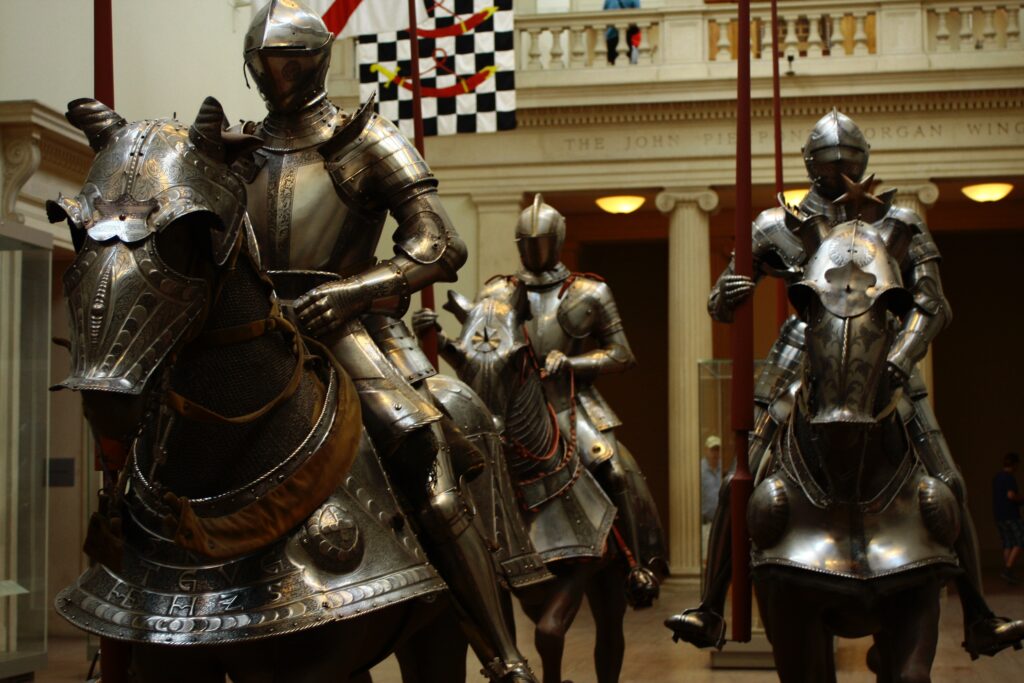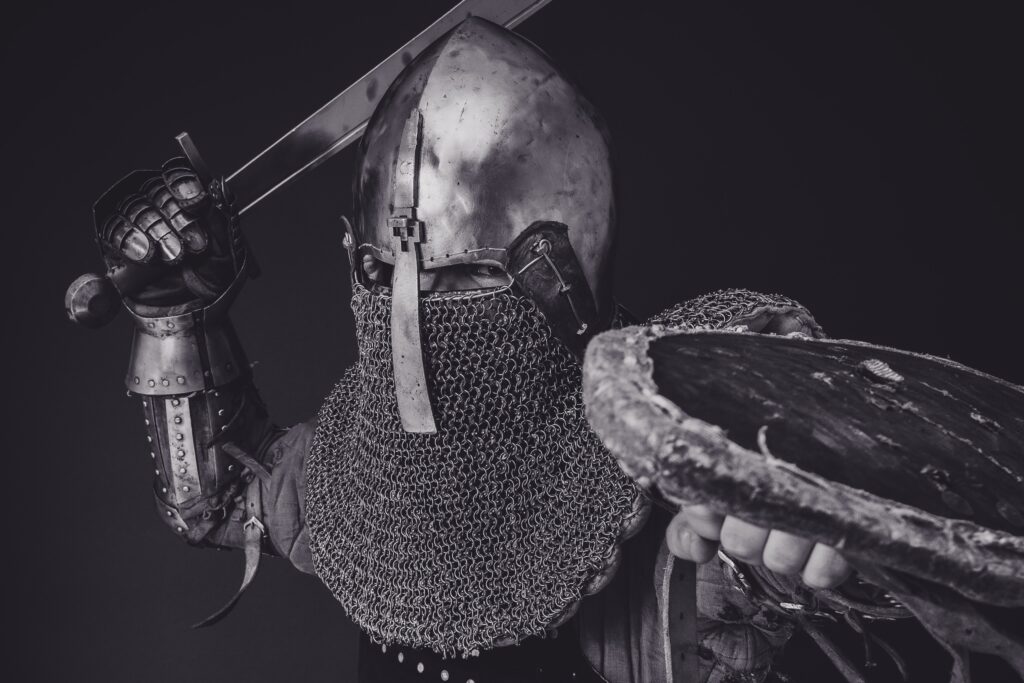The Knights Templar was a Medieval-era organization made up of devout Christians. Its mission was to protect European pilgrims visiting holy places (like Jerusalem). It carried out military operations as well.
The organization is perhaps best known for its role in the crusades, a series of religious wars between Christians and Muslims that occurred between the years of 1096 and 1291. These violent wars were fought primarily to secure control of holy lands.
A Da Vinci Code-Esque Discovery Is Made
"One of the most nationally important discoveries" in England has shed light on the historical presence of the Knights Templar, a secretive Catholic knight order founded in the early 12th century.https://t.co/TGQyyKU7YD
— Rebel News UK (@RebelNews_UK) August 16, 2023
Historian Edward Spencer Dyas recently discovered eight Knights Templar graves at St. Mary’s Church in Enville, Staffordshire. This discovery was reminiscent of a scene in the Knights Templar-oriented film The Da Vinci Code, in which Tom Hanks’s character Professor Robert Langdon searches beneath Scotland’s Rosslyn Chapel for Knights Templar treasure.
Dyas’s real-life discovery is culturally significant, as it establishes St. Mary’s as one of the most nationally important Templar churches.
Why Does St. Mary’s Host the Graves of Templar Knights?

St, Mary’s Church was built in the early 12th century. Located on the outskirts of the Black Country, it is a quaint village church, the last place one would expect to find Templar graves.
Some historians theorize that members of the Knights Templar attached themselves to churches associated with St. Mary (the virgin mother of Jesus).
“I believe these discoveries make Enville one of the most nationally important churches in the country,” Dyas said.
“But there is a mystery of why an European Templar is buried at Enville and why they were secretly so prominent there.”
The Knights Templar: A Banking Organization?

The Knights Templar were known for more than just their military endeavors. They were one of Europe’s wealthiest forces, even setting up a bank that allowed pilgrims to deposit money in their home countries and withdraw it in Jerusalem.
As a result of their achievements, Pope Innocent II issued a bill in 1139 that exempted them from paying taxes. However, the Templar’s prominence would also be the source of their downfall.
On October 13, 1307, King Philip IV of France had a group of Templar knights arrested; he did this because the Templar had denied him loans. He had the arrested knights tortured until they made false confessions of illegal acts.
In 1309, these knights were publicly burned at a stake in Paris. Pressured by the French government, Pope Clement V formally dissolved the Knights Templar in 1312.








